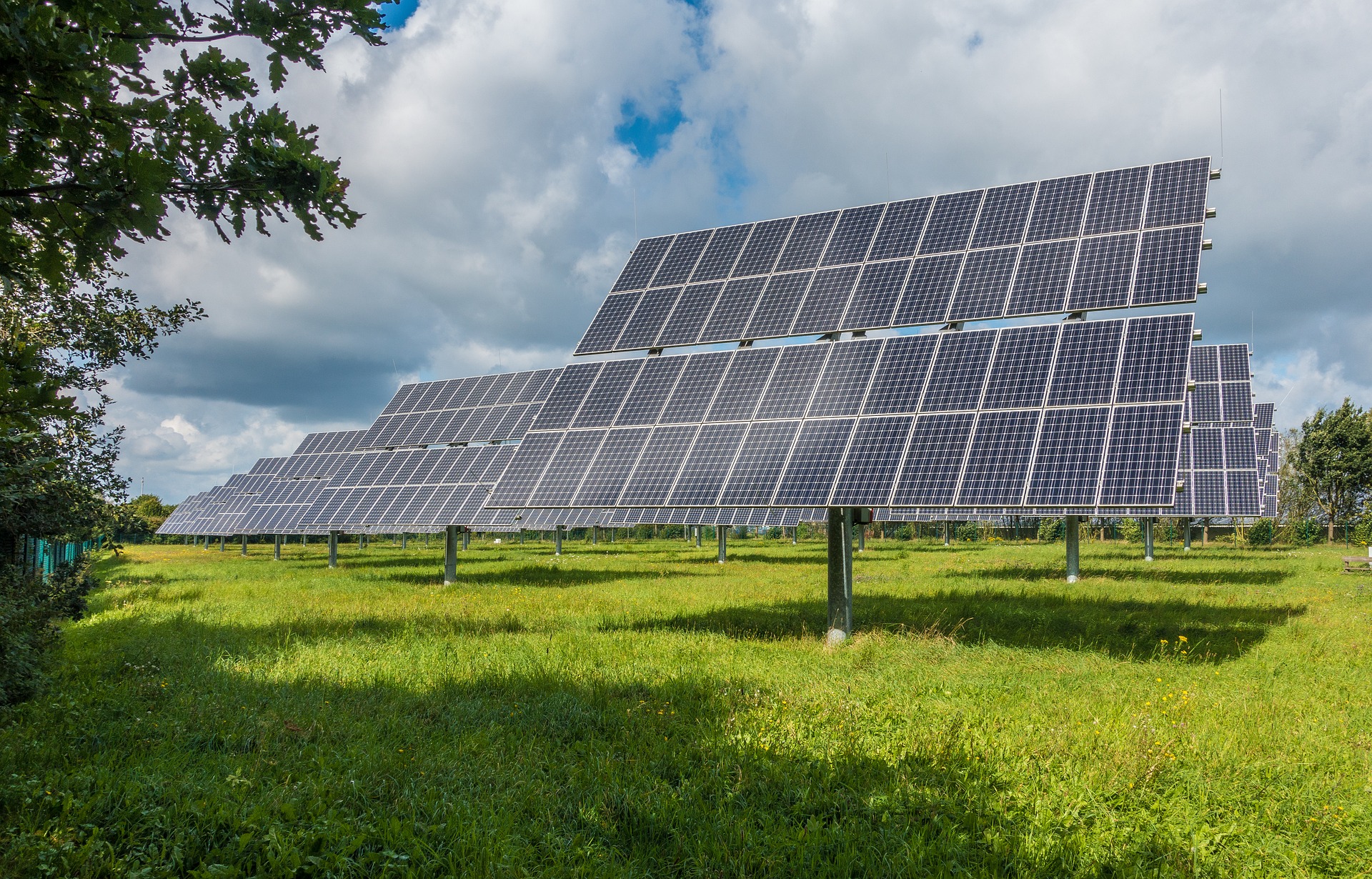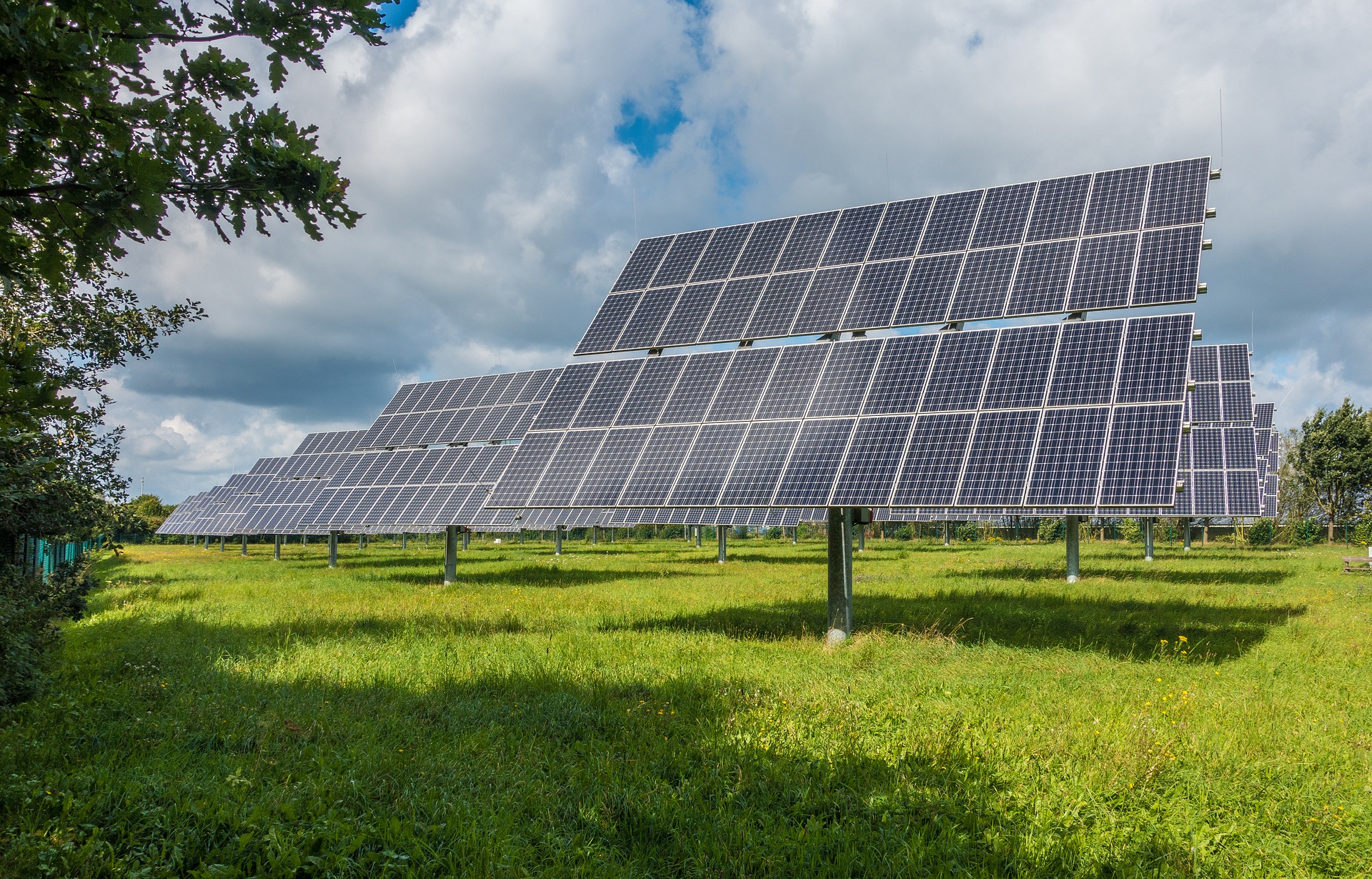Published in MindBodyGreen on November 17, 2020
To address the climate crisis, we all know that transitioning to clean energy like wind and solar will be essential.
But where to begin? If you’re looking to support a renewable future, here are five strategies to explore.

1. What homeowners can do.
For homeowners, installing solar panels continues to become easier and more affordable. The average solar panel cost for a 3,000-square-foot home is anywhere from $15,000 to $30,000—but the prices for the panels and installation are coming down, especially as competition increases.
Businesses like Tesla, Sungevity, and Vivint now sell a variety of solar panel options for consumers. If the initial cost is a barrier, consider “renting” solar panels over time through groups like Mosaic, EnergySage, and SunRun that provide financing arrangements. In lower-income areas, the nonprofit Grid Alternatives is also working to make clean solar energy affordable and accessible to ensure the clean energy revolution is grounded in equity.
2. What renters can do.
Neighborhood solar gardens are a new concept in many states, but the idea is that consumers “subscribe” to a solar installation owned by community members. This model provides solar energy to renters, those with shaded roofs, or consumers who can’t afford installation of solar panels.
The National Renewable Energy Lab produced a terrific resource outlining how communities can obtain solar through nonprofits and public-private partnerships. For example, XCEL energy in Wisconsin provides this helpful map of local solar community garden opportunities. You can find out if your utility or city is creating community-based solar options by calling them directly.
What anybody can do:
3. Call your utility and ask about its renewable energy profile.
For most of us, electricity magically works; we don’t think about it until we experience a power outage. But getting to know your local utility is always a good idea. Speak to a customer representative to find out how much of the energy that fuels your community comes from renewables and how you can support it.
According to the Earth Day Network, 600 out of 3,300 utilities across the country allow consumers to switch energy providers. Depending on where you live, you may have the option of switching to 100% renewable energy. Often this means that where your energy is generated is the same but your payment is used to buy renewable energy certificates to support green energy in other locations.
The other option is to buy these certificates yourself, which ensures that for every 1 kilowatt used, you purchase 1 kilowatt-hour of clean energy. How do you know if the switch is really working or your certificate is real? The Environmental Protection Agency (EPA) recommends that you use certified green power suppliers. You can verify potential providers here.
4. Lobby for clean energy in your state and city.
Twenty-nine states have renewable portfolio standards, which require a certain percentage of energy generated must come from renewables. This requirement drives support for clean energy at the state and national levels. Look up your state RPS here. Many states are in the process of updating their RPS standards to increase renewable energy production.
If you don’t have an RPS in your state, you can advocate for one. Write to the public utility commission, state legislators, and local officials to support clean energy. Consider joining the local chapter of Sierra Club to push for cities to adopt 100% clean energy or support the Natural Resources Defense Council’s clean energy efforts. ADVERTISEMENT
5. Advocate for microgrids to increase resiliency.
The think tank Center for Climate and Energy Solutions defines a “microgrid” as “relatively small, independently controlled power systems that can be operated in concert with, or apart from, the local distribution and transmission system.”
Microgrids can be powered by renewable energy and operate off the grid. College campuses and hospitals have used these types of systems for years, but cities are now taking a closer look. These hubs are becoming useful to metro areas and industrial facilities during emergencies, which will likely increase with climate disruptions. For example, the California Energy Commission just granted an award to a large processing plant for a solar microgrid installation. This model will reduce greenhouse gas emissions and ensure operations during power outages.
The bottom line.
We all have an important part to play in supporting climate policy solutions. Knowing where, what, and who supplies you with energy is a great place to start.
Heather White is a nationally-recognized sustainability leader and nonprofit executive, and expert on conservation law and policy. She is the President & CEO of Heather White Strategies, LLC and former President and CEO of Yellowstone Forever, past Executive Director of EWG, and Senate staffer.
#cleanenergy #theclimatecrisis #actonclimate #selfcare #action #savetheplanet


